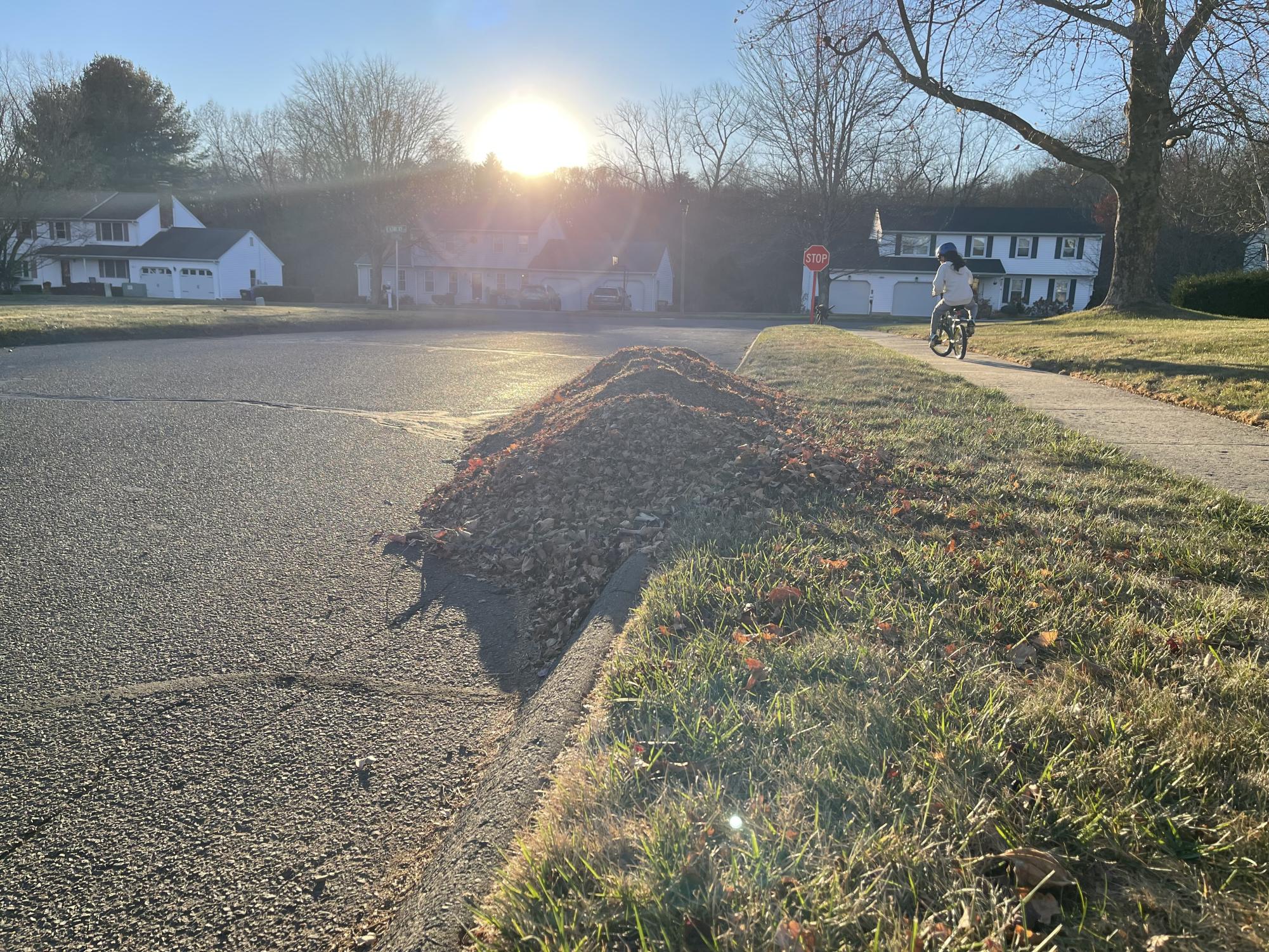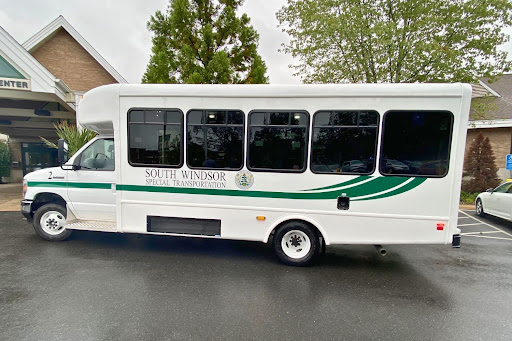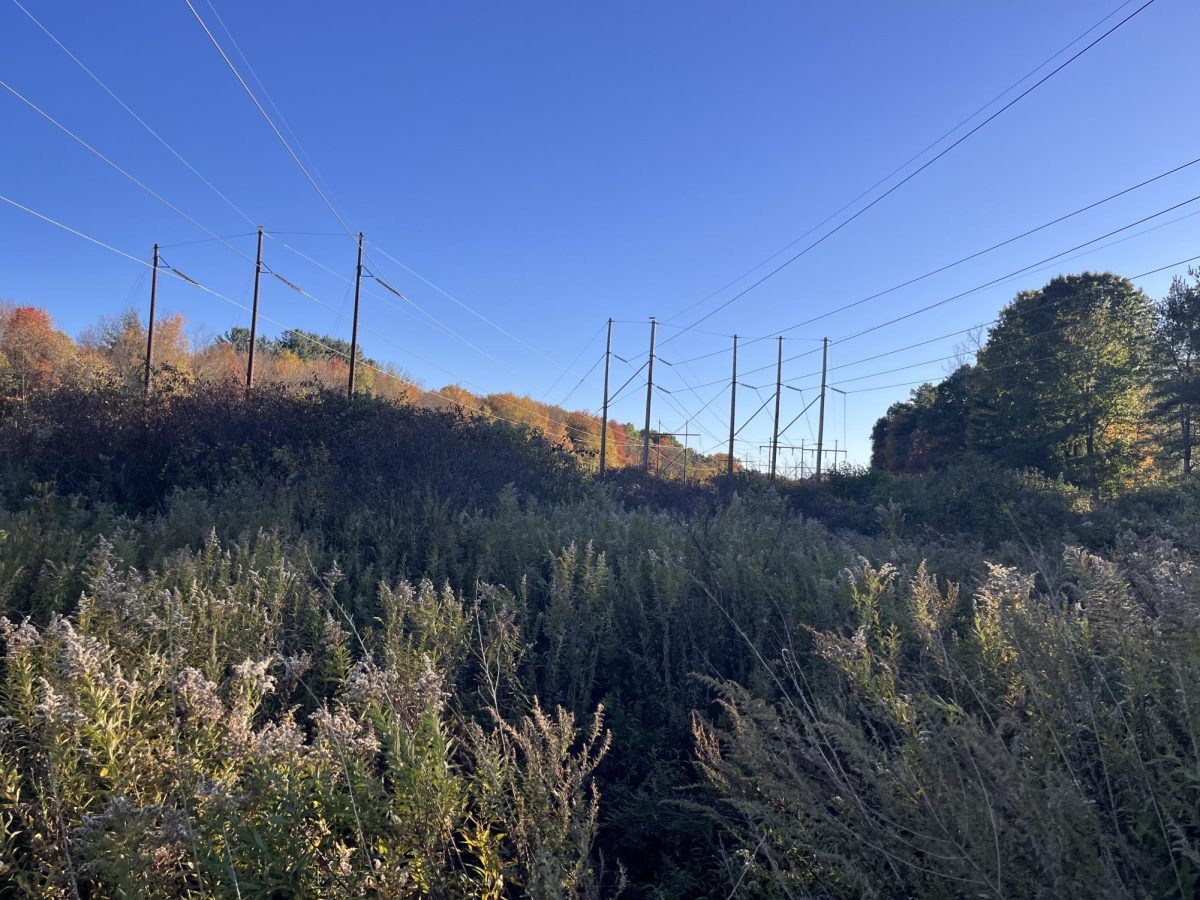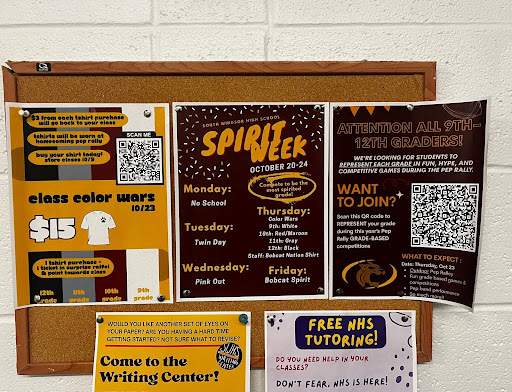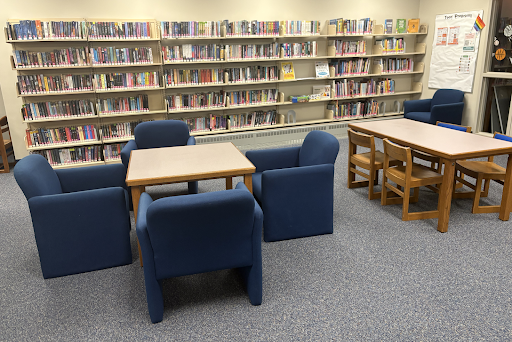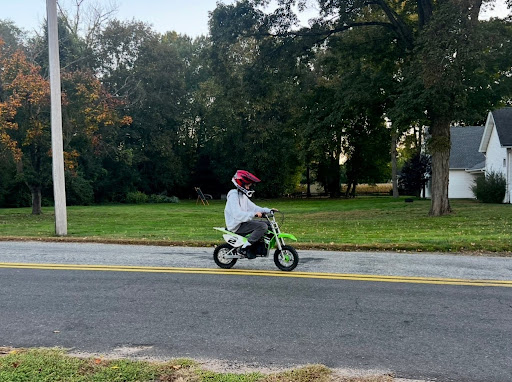On November 4th, the annual South Windsor leaf collection began. For over 40 years, South Windsor has provided curbside leaf collection for its residents, a tradition started by South Windsor Public Works in the 1970s. Leaf collection is carefully planned to find the most efficient way to get the entire town leaf free before the snow falls.
Individuals in town are behind the scenes putting in a lot of planning and hard work towards making this process very efficient. There are a total of 5 crews with 4-5 maintainers in each crew, on the roads collecting the leaves.
On each road the trucks are making sure the collection goes smoothly and safely. Even the dates of collection are well planned. These dates are determined by the seasonal leaf drop.
“It seems the leaf pick up this year was early. I’m happy that this town has this service as other towns don’t have this service. It’s certainly helpful to homeowners,” resident of South Windsor, John Kronenwetter told The Prowl.
The person ensuring that roads and yards are leaf free is South Windsor Street Services Manager, Neil Roback. His goal for this program is focused on efficiently collecting leaves from curbside piles while offering residents a convenient, no-cost disposal option.
“The biggest benefit to the residents is that this provides an avenue to get rid of leaves without having to pay an additional disposal cost, or self haul to another location,” Roback said.
Alongside curbside pickup, South Windsor also transforms collected leaves into compost, giving residents free access to this material while also generating additional revenue through bulk sales for the town. Residents can receive leaf compost at no charge on Burgess road.
“We break down the leaves into a compost material that is given back to the residents for free, and also sold in bulk as an additional revenue stream for the town,” Roback explained.
The leaf collection program has evolved over the years, specifically with resident participation and equipment and technology have been the biggest drivers of this evolution and success.
“The leaf vacuums have gotten more efficient, the workforce has expanded and gained experience and the trucks have evolved. The first years of our program involved 2 leaf vacuums that would be unrecognizable by today’s standards. Crews did not have the backpack blowers we use now, but used leaf rakes, snow shovels, and homemade “leaf pushers” to collect. Today we have 5 leaf vacuums accompanied by a fleet of trucks and each crew member is outfitted with a leaf blower,” Roback said.
If there is a certainty though in New England it is that the weather will be unpredictable. Therefore, not knowing whether it will snow, rain or freeze over night is something pickup teams plan for.
“Taking this year for example, we had a very heavy leaf drop at the end of October, and we are experiencing very dry moderate drought conditions. Although we have more leaves ready for pickup, the dry conditions are making them somewhat easier to collect, keeping us on schedule. These conditions play into all of the decisions we need to make to keep the program running efficiently. The ultimate goal is to get the leaves collected before mother nature flips and brings us a snow storm!” Roback said.
The leaf pick up program is also planning improvements for the future years, striving to make the program more efficient and save costs for the town.
“This year, our Fleet Division has fabricated three new boxes to replace older, less efficient equipment. These boxes have a higher capacity and are more user friendly to help us along with the program. As we have made strides in upgrading our efficiencies in the last few years, in the future we will be looking towards fine tuning the process and continuing to look for ways to make the leaf collection safer, quicker, and even more beneficial to the town,” Roback said.
Here’s everything you need to know to get your yard leaf free and avoid a potential fine:
Where to take your leaves
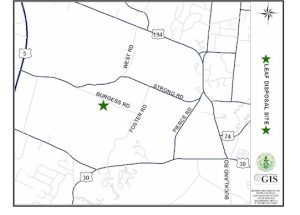
- Leaf collection is separated by district
- Bring the leaves from your yard to the snow shelf or property edge
- Be sure to only have leaves in your piles sticks, rocks or grass clippings can damage the equipment
- Be sure the pile is in an accessible area in front of your property (away from mailboxes, poles, etc)
Preparation and Safety Guidelines
DO:
- Pile leaves on snow shelf or property edge
- Keep children and pets away from pick-up equipment
- Check out collection dates for your district
DONT:
- Sticks, twigs, branches, or logs within leaf pile. Can cause clogging, which leads to equipment being taken apart to unclog, equipment breaking or failing, and puts the leaf crew in danger of injury or death.
- Block utility boxes, suction on the machine can suck up debris and would damage infrastructures, and can lead to injuries.
- Pile leaves around mailboxes or telephone poles. Stone beds around mailboxes may get picked up and damage the equipment
- Pile leaves in the road can lead to flooding as the water can’t reach the catch basin or the catch basin gets clogged.
- Raking leaves into the road is a violation of Chapter 50 Article II Section 50-32 of the South Windsor Code of Ordinances and is punishable by fines up to $99.00
Happy Fall!



